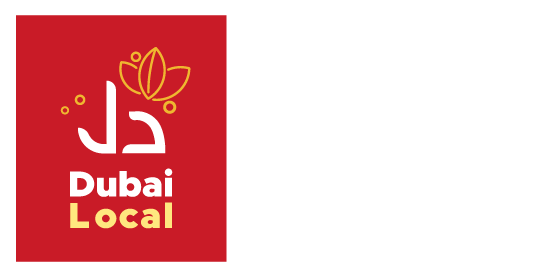472Views 0Comments

What are the Emirate Clothing Norms you must know?
The traditional clothing of the UAE represents pride and identity and is made to take people’s comfort and religious convictions in mind. It also offers excellent protection from the scorching sun and heat and blends nicely with the country’s harsh climate. The traditional attire of the UAE gets its historical roots from Bedouin culture, which predominated in the Arabic peninsula. When traveling overseas, they can adapt to wearing western clothing.
In this post, we are going to share our viewpoints on Emirati Clothing Norms.
Keep reading!
Emirati Clothing Norms for Men
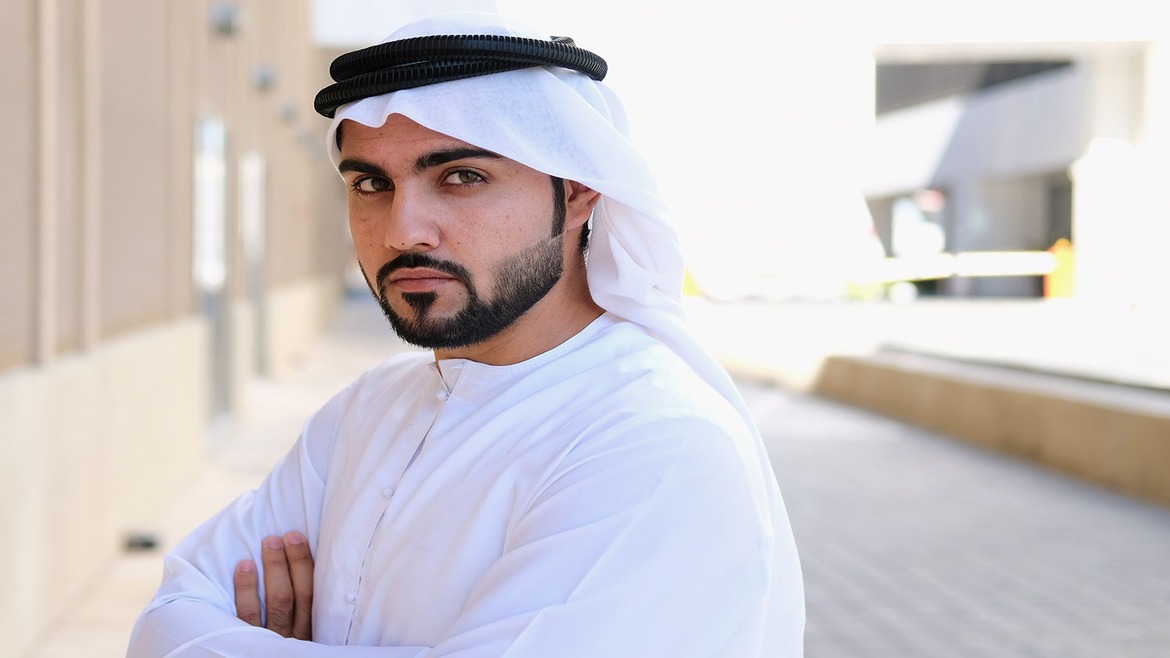
Dubai is an Islamic country and people are bound by laws and traditions. Modesty is the pillar of Islamic culture. Therefore, people prefer to follow the same.
The color and length of Emirati clothing are its most distinctive features. Men typically wear white robes because Bedouins favored this color since it reflects the sun’s rays. Grey and brown colors are also used, but primarily during the colder months.
The following are the main elements of a complete traditional male outfit in the UAE:
- Kandura
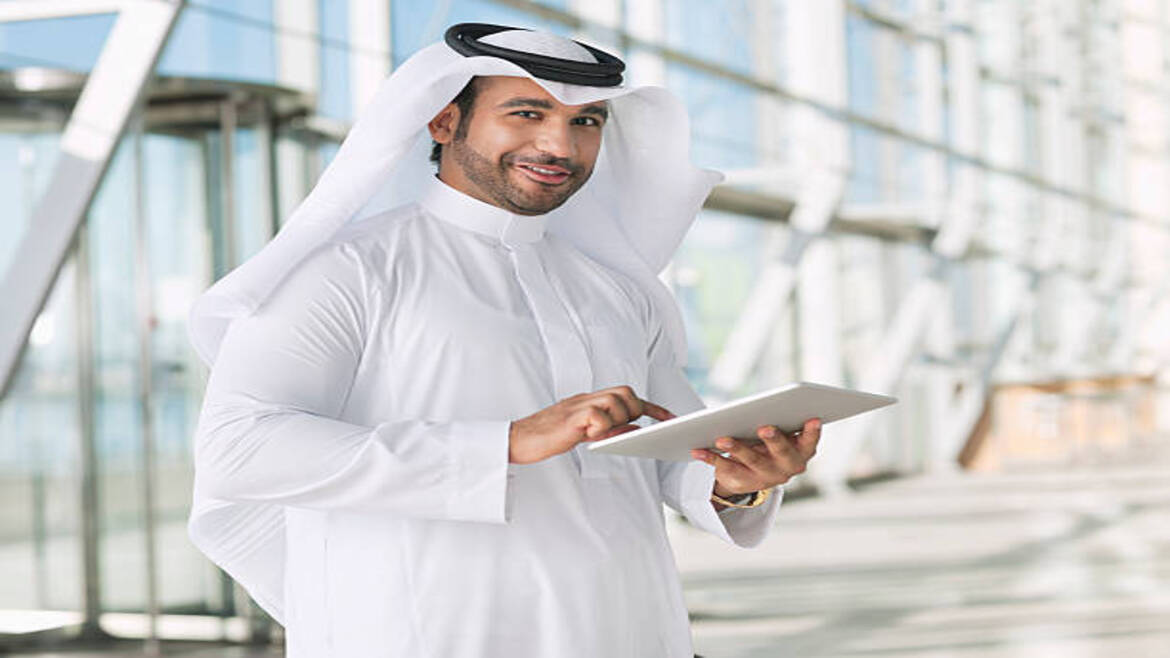
The Kandura, a long, white cloak with full sleeves, is the primary element of the traditional male attire in the UAE. Several other well-known names for the same robe include Thawb, Thobe, and Dishdasha. They typically lack a collar and feature a long, loose tassel. One key characteristic that sets apart Emirati Kandura from other Kanduras worn in the Arabian Gulf is the matching embroidery on the neck and sleeves.
Kandura for Different Seasons
In terms of fabric and color, Kanduras are created in accordance with the season. Summer Kanduras are typically made of white, visibly lighter cloth. Winter brings about an increase in robes that are deeper in color. These are particularly those that are brown and grey and constructed of thicker cloth. Emirati men frequently own more than fifty Kanduras because they frequently switch them out during the day to maintain a wrinkle-free and presentable appearance.
- Agal
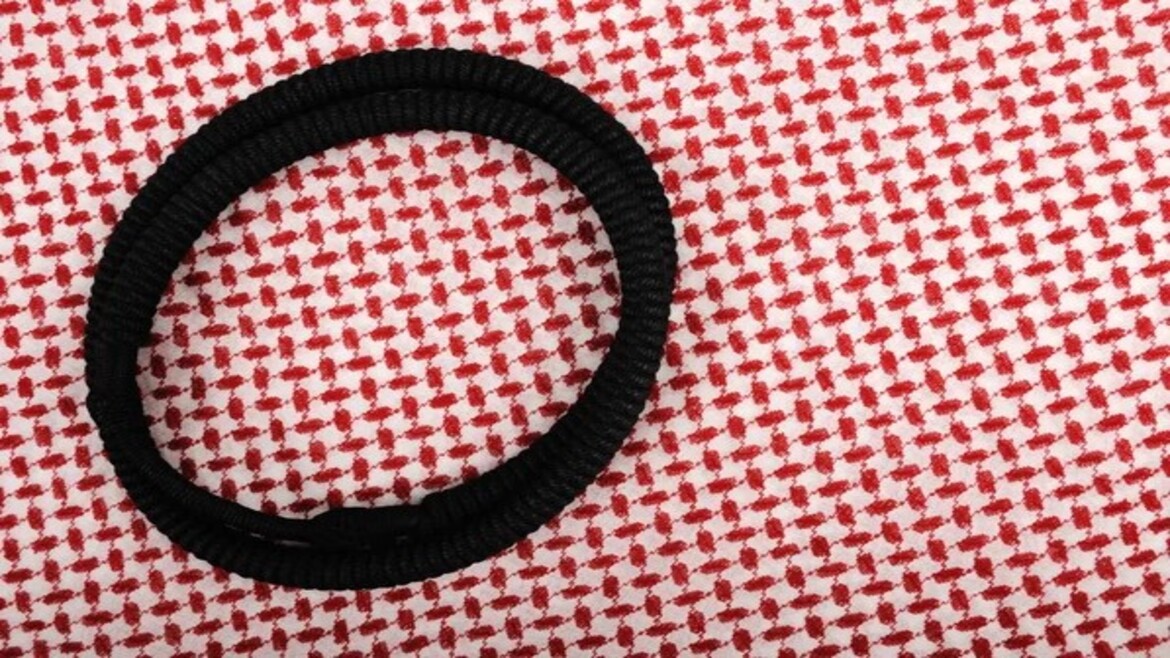
The Agal often spelled Iqal, Egal, or Igal is an accessory used by men in the Emirati community to secure the Ghutrah on their heads. It is doubled-up and made of a black cord. Agals come in a variety of styles depending on the wearer’s social status and the event.
- Ghutrah
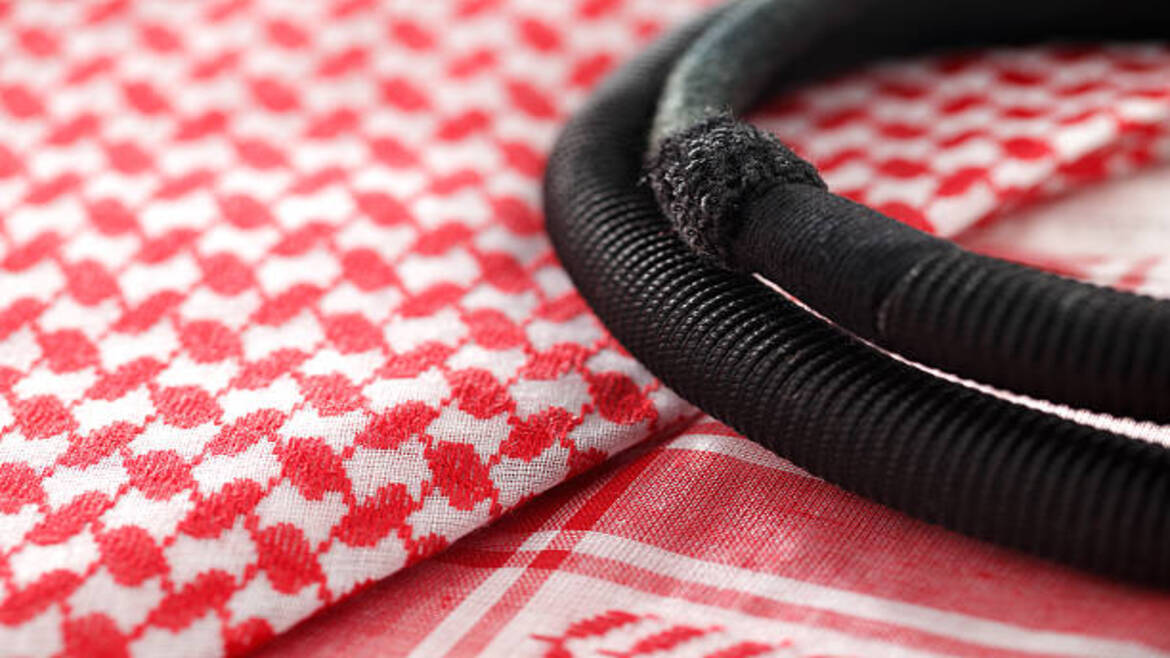
The Ghutrah is the traditional male headdress worn by Emiratis. It is known by various names and connotations. Additionally, it is a fashionable item of Bedouin provenance that shields men from the sandstorm winds of the desert and the harsh sun. People frequently mix up the red-white embroidered Ghutrah and the white Ghutrah. The choice represents nothing specific because it depends on the individual which of the two they prefer. But there are other ways to wear a Ghutrah that express status and significance.
Emirati Clothing Norms for Women
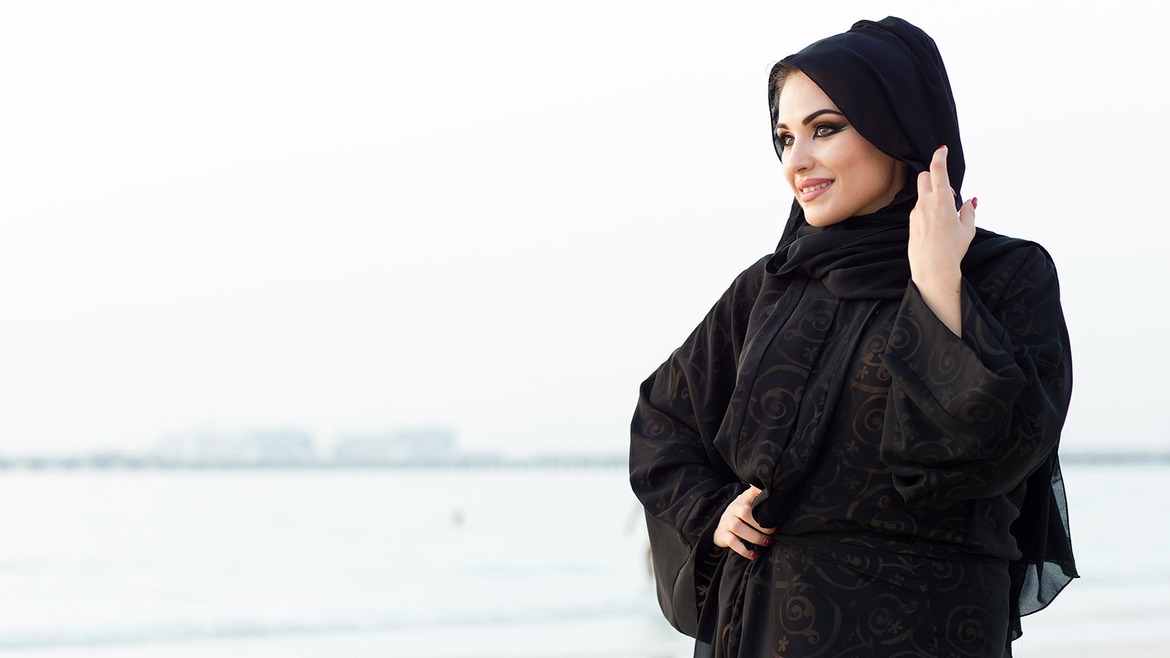
In Dubai, not only men but women also follow Emirati clothing norms. Traditional women’s clothing is generally deeper in tone, with black dominating. Important elements of the traditional UAE women’s attire are listed below.
- Hijab
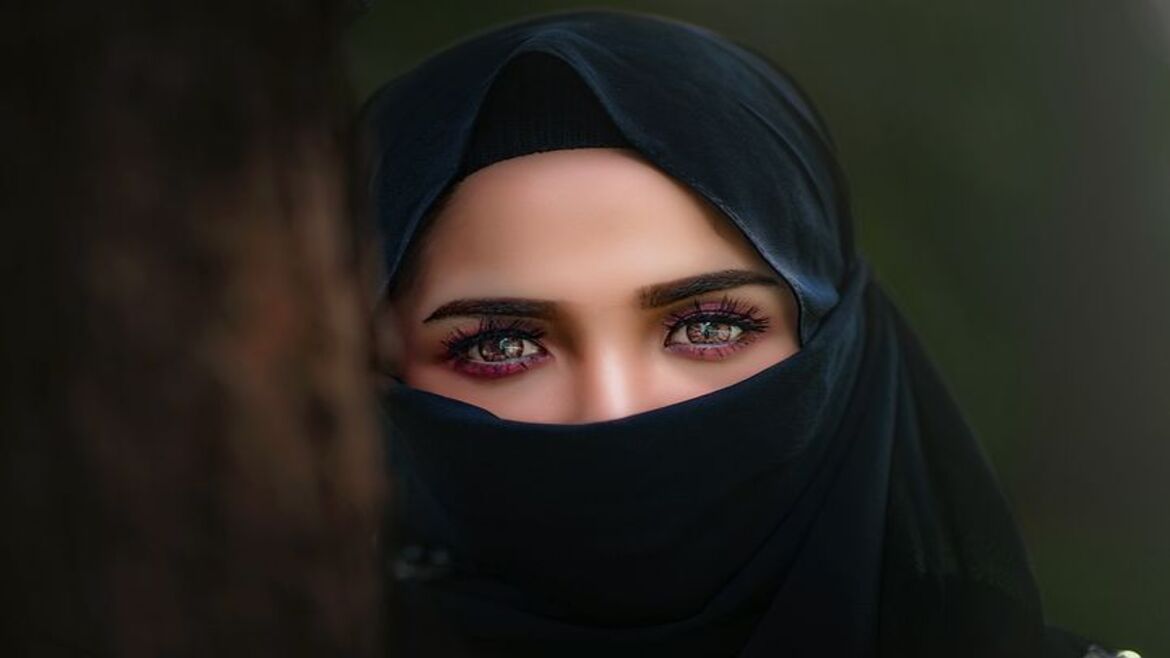
The hijab is the traditional attire of the UAE for women as well as the Islamic dress regulation for Muslim women. It’s a scarf that ladies wear to cover their heads, ears, and necks. All types of headscarves worn by women in the Gulf are referred to by this name as a whole. However, Shalya, a lengthy rectangular scarf worn from the shoulders to the head, is the most common type of head covering in the United Arab Emirates. They are primarily black although they have numerous motifs and embroidery.
- Burqa
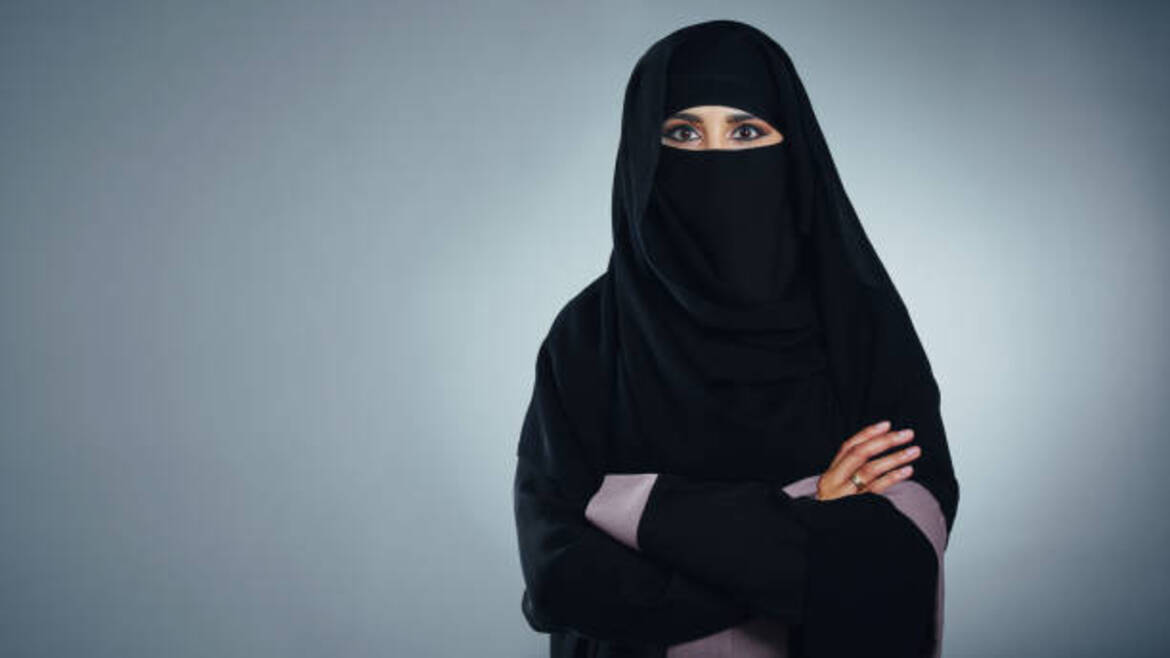
The term “burqa” has many connotations associated with it. While in Central Asia, this word primarily refers to Muslim women’s head-to-toe covering. Burqa. This is a type of facemask in the Gulf. They are made to completely enclose a woman’s face, save for her eyes. The elder Emirati ladies wear a burqa more frequently than younger women, who are less likely to follow this fashion.
- Abaya
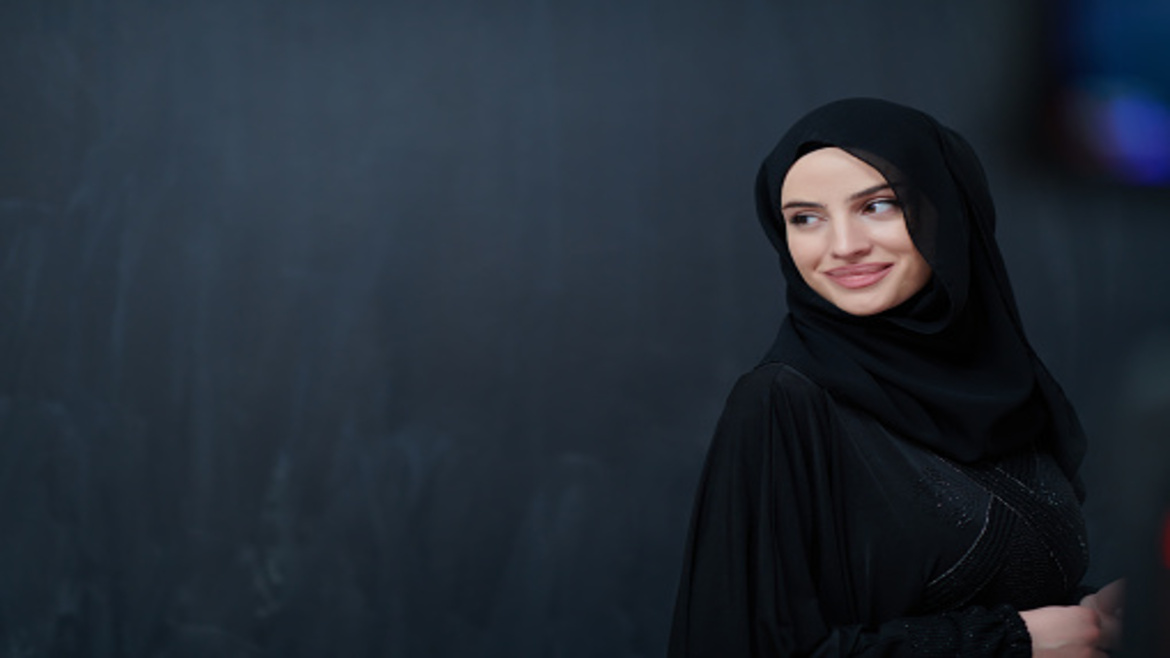
The traditional Emirati women’s long, full-sleeved, light-fitted robe is called an abaya. It is a woman’s cloak, not a dress that she wears to conceal her body. Women may choose to wear any type of clothing underneath, including western attire. The Abaya is predominantly black because it conceals the light-colored clothing worn underneath it without drawing attention to it in public.
Final Thoughts
To sum up, despite the fact that clothing could seem like a minor consideration in other parts of the world, Emirates does not. They are considered to be very significant in understanding the culture of the country and its people.
